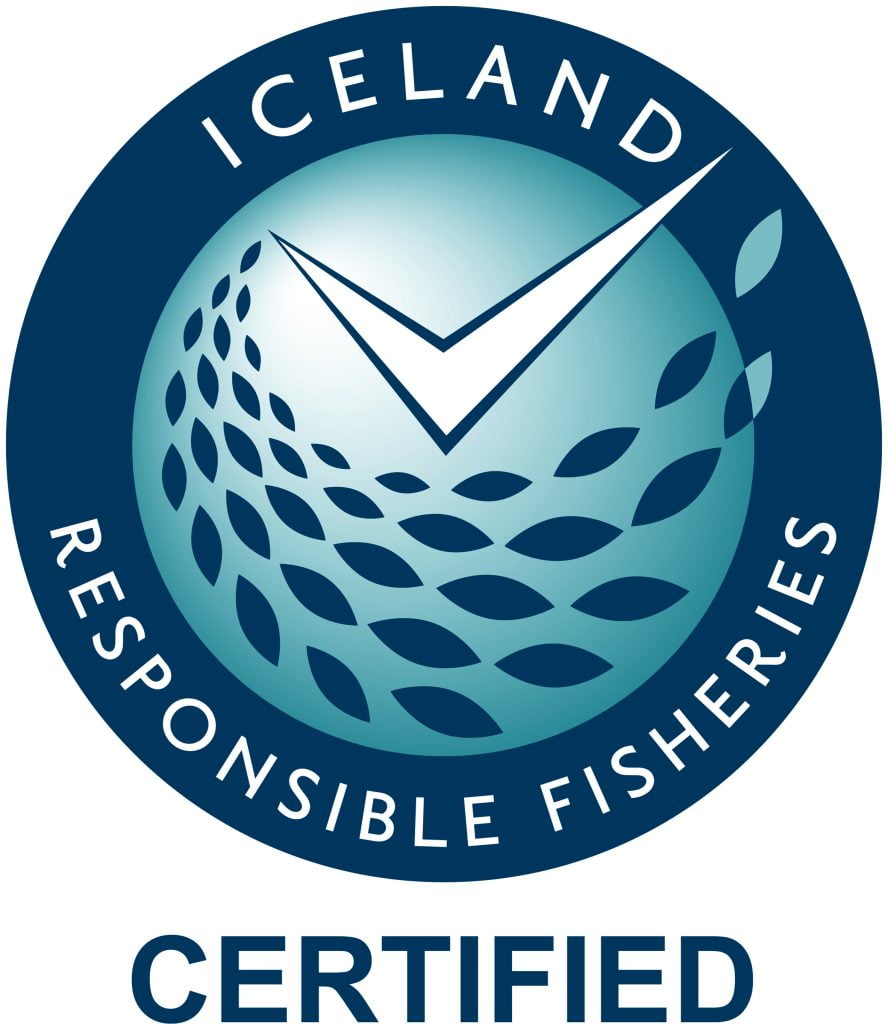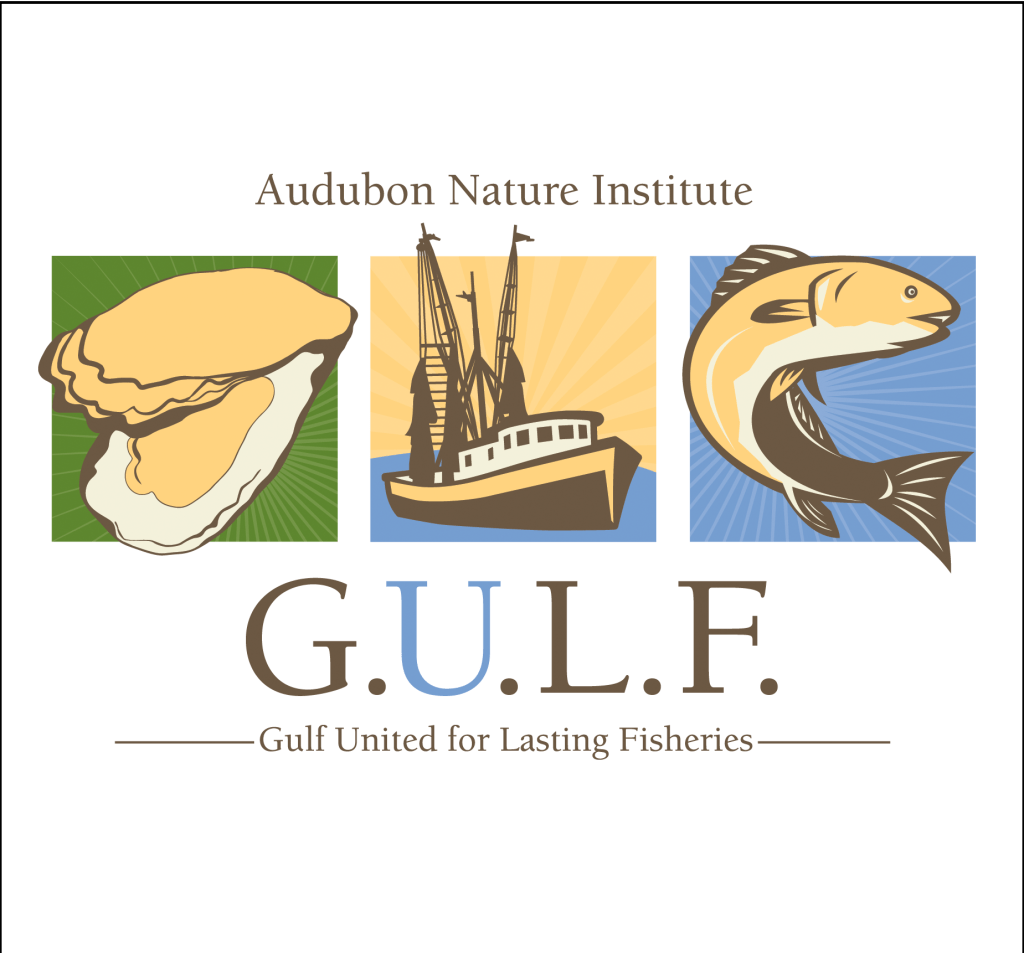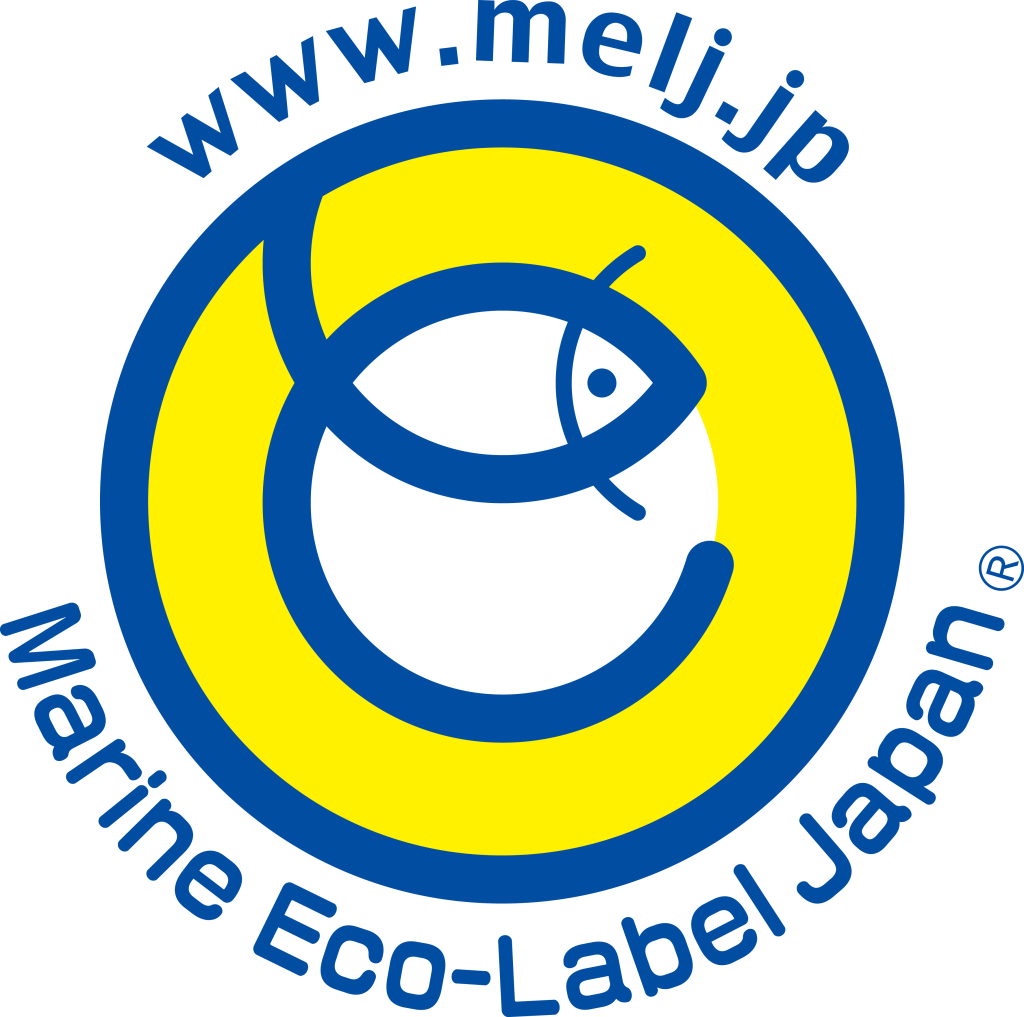RFM – a FAO-based model
The Responsible Fisheries Management (RFM) program: a model based on the Food and Agriculture Organization (FAO) of the United Nations
The RFM Certification Program is a voluntary and internationally accredited certification assessment of whether a fishery is responsibly managed based on strict criteria. It consists of two seafood certification standards:
1) Fisheries Standard
2) Chain of Custody Standard
RFM is a comprehensive program founded on the strongest and most widely acknowledged international standards and practices. Based on United Nations Food and Agriculture Organization (FAO) criteria, it is one of the few programs to have an accredited certification process under the International Organization for Standardization (ISO 17065) code.
RFM feedback
Standards related comments and questions can be emailed
RFM – Beyond Alaska
Many other regions of the country and the world also see the value of the Responsible Fisheries Management (RFM) Certification model. Pacific Whiting achieved RFM certification in July 2022. Iceland, G.U.L.F. Seafood, Japan, and more coming on the horizon have their own RFM-based certification programs. Each follows the same FAO documents and all programs have been benchmarked by GSSI.
These regions and their fisheries, like Alaska and Pacific Whiting, are proud of their seafood, and having an ‘RFM based’ certification program allows them to offer certified seafood while still emphasizing its origin.
RFM video
The RFM program certifies some of the most iconic fisheries in the world.
Key Features of RFM and Fisheries Management
Governance
Established, sound structure with expert advisory committees.

Stakeholders
Comprehensive engagement procedures at multiple levels.
Transparency
Open, collaborative and transparent assessment process.
Impartial
Well-defined appeals and complaints processes ensures unbiased outcome.
Traceable
Certified seafood that can be traced back through the supply chain.
Affordable
No logo licensing fees, the RFM Logo is free to use.

